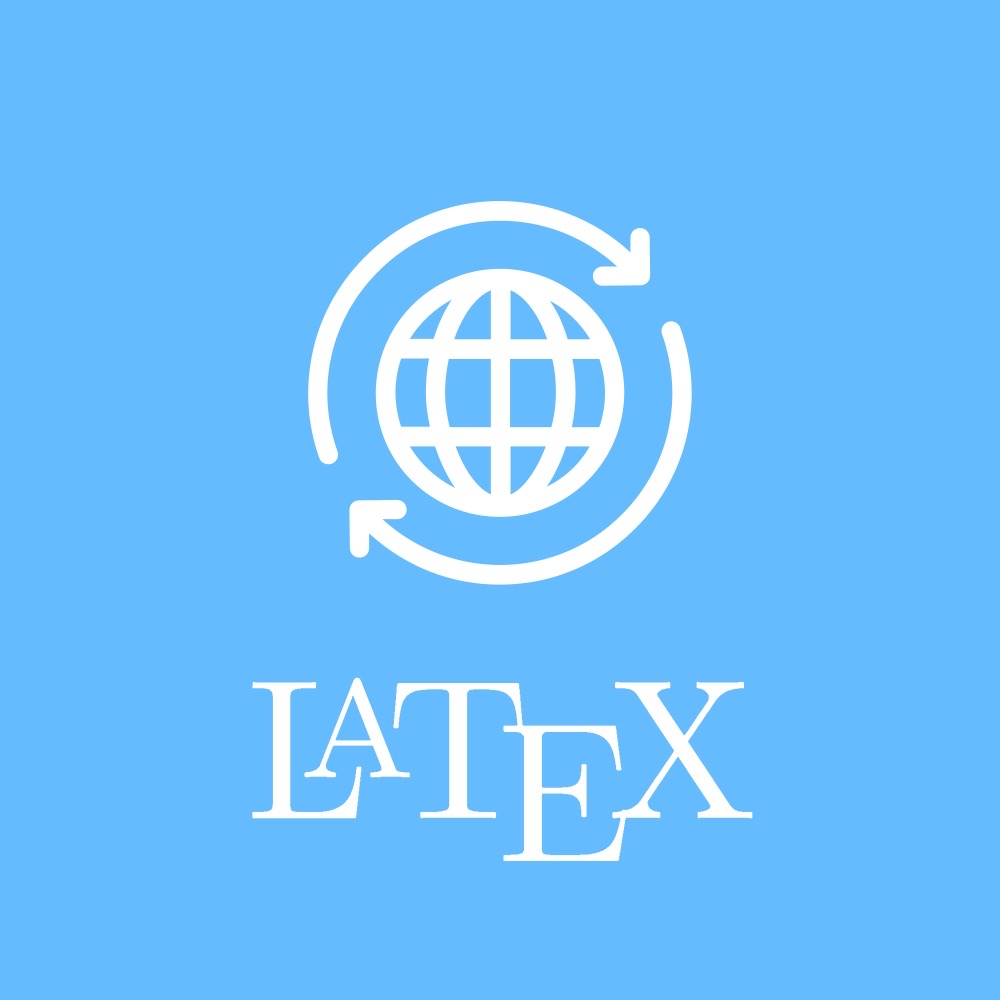If you see this, something is wrong
Collapse and expand sections
To get acquainted with the document, the best thing to do is to select the "Collapse all sections" item from the "View" menu. This will leave visible only the titles of the top-level sections.
Clicking on a section title toggles the visibility of the section content. If you have collapsed all of the sections, this will let you discover the document progressively, from the top-level sections to the lower-level ones.
Cross-references and related material
Generally speaking, anything that is blue is clickable.
Clicking on a reference link (like an equation number, for instance) will display the reference as close as possible, without breaking the layout. Clicking on the displayed content or on the reference link hides the content. This is recursive: if the content includes a reference, clicking on it will have the same effect. These "links" are not necessarily numbers, as it is possible in LaTeX2Web to use full text for a reference.
Clicking on a bibliographical reference (i.e., a number within brackets) will display the reference.
Speech bubbles indicate a footnote. Click on the bubble to reveal the footnote (there is no page in a web document, so footnotes are placed inside the text flow). Acronyms work the same way as footnotes, except that you have the acronym instead of the speech bubble.
Discussions
By default, discussions are open in a document. Click on the discussion button below to reveal the discussion thread. However, you must be registered to participate in the discussion.
If a thread has been initialized, you can reply to it. Any modification to any comment, or a reply to it, in the discussion is signified by email to the owner of the document and to the author of the comment.
Table of contents
First published on Tuesday, Aug 19, 2025 and last modified on Thursday, Sep 11, 2025 by François Chaplais.
I am normally hidden by the status bar
1 Introduction
LaTeX2Web supports main LaTeX list types, as well as LaTeX2Web specific lists.
2 Simple lists
These are LaTeX2Web specific lists. They are call simple because they are not recursive, i.e., you cannot put a list within another one. Items in these list types must be inline text, i.e., the text that you would put in a paragraph.
2.1 List
The syntax for a simple list is the following
\begin{list}
\item first in the list
\item second in the list
\end{list}and here is the output:
- first in the list
- second in the list
The \begin{list} opening statement supports an optional parameter, which specifies which character should precede the list item. The parameter can have the following values:
nonedisccirclesquaredecimaldecimal-leading-zerolower-romanupper-romanlower-greeklower-alphalower-latinupper-alphaupper-latin
This list uses the upper-roman styling. Note that, for this prefix, the number is automatically incremented.
2.2 checkList
Check list are a list of checkboxes which can be checked on un-checked. To create a checked list item, use the optional parameter checked to the \item command. Here is a sample code
\begin{checkList}
\item[checked] début
\item fin
\end{checkList}and this is the output
The checkboxes can be modified by anyone, but their state will be saved only if you have authoring privileges on the document. Specifically, the state of the checkboxes is saved to the HTML code of the document. To restore the list, re-compile the document.
3 LaTeX lists: itemize and enumerate
These lists use the itemize and enumerate environments. They can be recursive, and items can consist in quite a number of object types like paragraphs, equations, figure, tables, etc... This is nice but, due to the hierarchical structure of LaTeX2Web, this means that a table cell can not include a list for instance. If you want to do this, use a simple list instead.
LaTeX lists can be reference using a label. By default, itemize list are un-ordered, and enumerate list are ordered. This can, however, be overriden by using the same optional parameter in the list declaration. Here is an example.
- I am first
- I am second
- I am inside
- Tell me I look good!
- That’s all, folks!
The previous lists are all itemize, but the list markers have been set to decimal and lower-greek.
Here is the code.
\begin{itemize}[decimal]
\item I am first
\item I am second
\begin{itemize}[lower-greek]
\item I am inside
\item Tell me I look good!
\end{itemize}
\item That's all, folks!
\end{itemize}You can also use font awesome markers for your list items. Here is an example.
- a check mark (checked)
- a check mark (un-checked)
- a Jedi icon
For more details see the general help on lists and the help on font awesome icons.
4 Lists and the object hierarchy
Simple lists are a terminal type, which means that they can be included in any object that is not terminal. LaTeX lists are not terminal in the hierarchy. They can not, however, include theorems. They can include all objects of terminal type.
